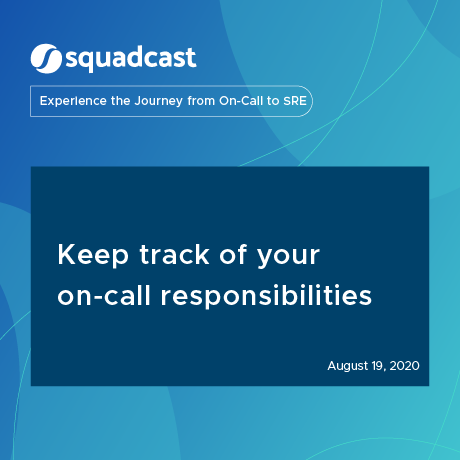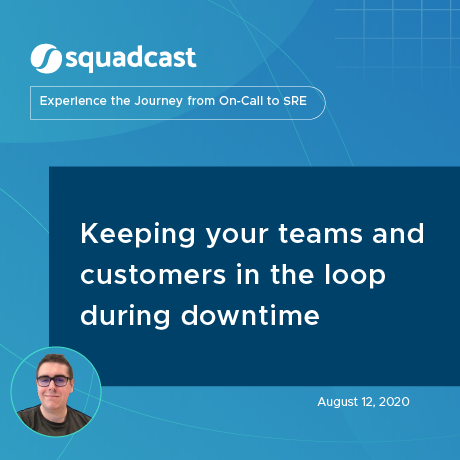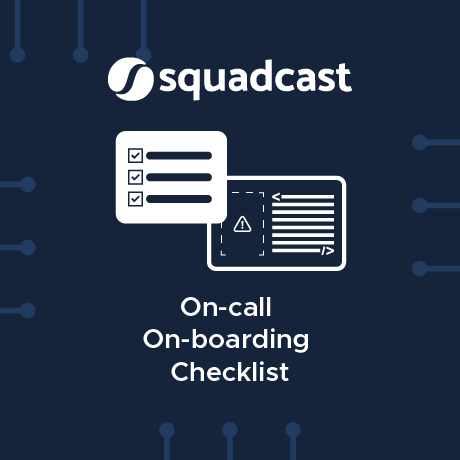Choosing SLOs that users need, not the ones you want to provide
In our latest two-part series blog, Adam Hammond, talks about how you can build sustainable SLOs that are appropriate for your users, your technology platform, and your business which in turn will help you make your systems robust, your customers happy, and your business boom.











